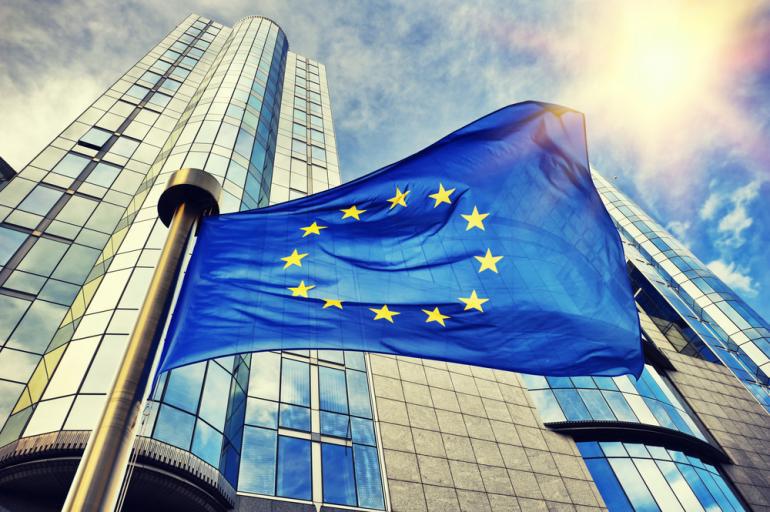PPWR: the vote of Member States frustrates the efforts of Parliament
The single market is at risk, with impositions that could create serious adaption difficulties for industry and the productive world.
Negative signals from the new vote dedicated to the Packaging Regulation on 18 December involving State Members before the upcoming Trilogue meetings.
The Council of European Environmental Ministers, in fact, reintroduced a series of prohibitions and constraints, present in the debate but overcome in the parliamentary vote. The reference is mainly to the prohibition of disposable packaging under 1.5 kg, the impact of which is viewed with particular concern by the fruit and vegetables sector and by the food sector in general.
It’s not difficult, in fact, to imagine the effect that such a measure, if confirmed, could have on producers of fruit and vegetables which can only be sold loose or which need to be transported long distances for export. Possible exemptions are on the horizon in the case of compostable material for which, for example, labels applied directly onto the product will have to be developed.
There are also restrictions for disposable containers – like those intended for soaps and cosmetics in the hotel industry - and, in general, for small formats in all sectors, including the agrifood sector, although an exemption is being evaluated for organic fruit and vegetable products.

Single market under attack
The new vote betrays a lack of recognition of packaging’s fundamental role in reducing food waste, consumer safety, product preservation and the development of the circular economy, in which waste becomes a resource if correctly collected and processed. The main concern, shared by the productive world, is, however, linked to the Single Market, for which the measure is pushing towards inevitable fragmentation.
The Council, it can be read in a press release, has, in fact, maintained the original orientation of the Commission, involving in the measure all packaging, without distinctions regarding the type of materials and their origin, but leaving Member States space to manoeuvre for unilateral decisions on the areas of application. It’s a result that makes the marketing of products difficult, with industry risking having to use different forms of packaging according to the country of destination.
A path marked by flexible dates
As regards deadlines, achievement of the requirements linked to the minimum recycled content of plastic packaging is fixed for between 2030 and 2040. Before the first date, moreover, the Commission is required to assess the effective feasibility of the objectives for the second date.
The deadline for adaptation to the concept of recyclable packaging according to the Commission’s requirements, meaning packaging designed for the recycling of materials that facilitate separation and sorting on a large scale, has, furthermore, been set as 2035. With regards to the reduction of packaging waste, it has been set at 5% by 2030, 10% by 2035 and 15% by 2040, with the possibility for the Commission of reviewing the objectives 8 years from the entrance into force of the regulation, without forgetting that the Member States can fix their own virtuous targets going beyond the minimum objectives defined at European level.
Finally, the date of 2026 for the definition of a list of substances considered toxic and therefore to be reduced or totally eliminated on the basis of the joint assessments of the European Commission and the European Chemical Agency - ECHA - and which aim at defining what substances have a negative impact on reuse and recycling and are therefore to be avoided or reduced to a minimum, is already very close.



















